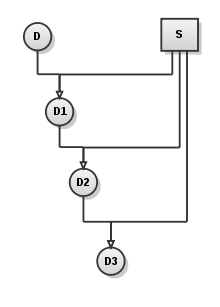Thank you all for the wonderful information. It has been a long time since I last had chickens with many things between then and now. Look forward to getting back into it again for food and fun. Bob, you are amazing, and I look forward to learning much reading your posts.
I understand the reason for concentrating on the improvement of the breed one picks. Economy as it is I look to feed my family and myself and learn as much as possible doing it. Any recommendations on breeds would be appreciated. Partridge or GL Wyandotes are looking good to me right now for a starting breed. I would hate to disappoint a real breeder, so recommendations for source stock would also be helpful. I know none of you like hatchery stock, but it would probably be my best bet for initial source stock to learn on. With Bob's post on improving stock through proper breeding techniques, I may even learn to improve hatchery stock.
Again, thanks to all
henry
I understand the reason for concentrating on the improvement of the breed one picks. Economy as it is I look to feed my family and myself and learn as much as possible doing it. Any recommendations on breeds would be appreciated. Partridge or GL Wyandotes are looking good to me right now for a starting breed. I would hate to disappoint a real breeder, so recommendations for source stock would also be helpful. I know none of you like hatchery stock, but it would probably be my best bet for initial source stock to learn on. With Bob's post on improving stock through proper breeding techniques, I may even learn to improve hatchery stock.
Again, thanks to all
henry









